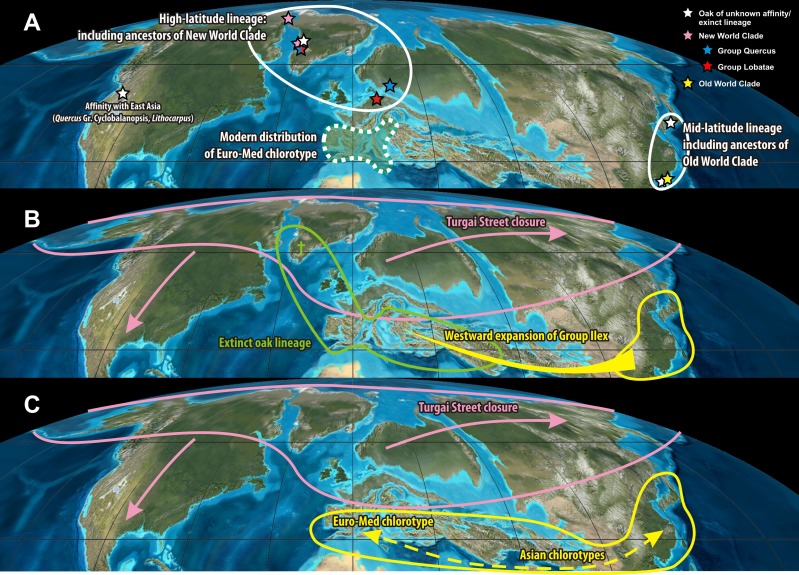Figure 5. Origin of the ‘Euro-Med’ haplotype.
Eocene set-up and the origin of the ‘Euro-Med’ haplotype. (A) Unequivocal fossil record of oaks in the Eocene mapped on a palaeotopographic map highlighting a primary split into a high-latitude and mid-latitude lineage that likely correspond to the deep phylogenetic split seen in nuclear and plastid sequence data of modern oaks between the ‘New World Clade’ (Groups Protobalanus, Quercus and Lobatae) and the ‘Old World Clade’ (Groups Cyclobalanopsis, Ilex, Cerris). (B–C) Scenarios that can explain the occurrence of the unique ‘Euro-Med’ haplotype in westernmost members of Quercus Group Ilex. (B) The ‘Euro-Med’ haplotype belonged to an extinct oak lineage geographically/biologically separated from both the ancestors of the New World and Old World Clade. Westward expansion of Himalayan members of Group Ilex and subsequent large-scale introgression/hybridisation homogenised the western members of Group Ilex and the extinct oak lineage, retaining and evolving the original haplotype in the Mediterranean region. (C) The ‘Euro-Med’ haplotype reflects geographic fragmentation within the Paleogene range of the Old World Clade that was overprinted to some degree after later radiation phases of Group Ilex. Palaeotopographic map base used with permission from Ron Blakey, © Colorado Plateau Geosystems.

